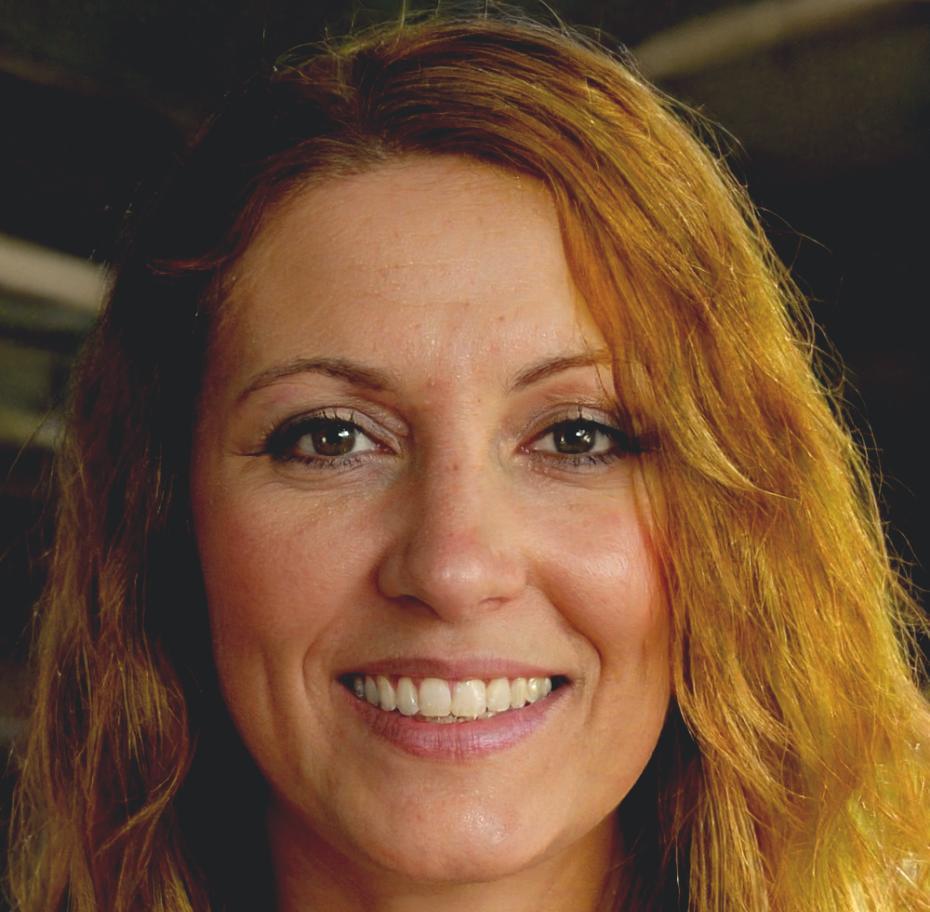Master Budget Prioritization Through Practical Application
Your household budget can feel like a puzzle with too many pieces. We've spent years helping people in Thailand figure out where their money should actually go.
This program walks you through the same frameworks our instructors developed while working with real families. You'll learn how to spot what matters and what doesn't when money gets tight.
Next cohort starts September 2025
Common Problems We Actually Address
These issues came up repeatedly when we talked to working professionals about their finances. We built solutions around each one.
Running Out Before Month's End
You pay bills on time but somehow there's nothing left by week three. It's not about discipline. It's usually about timing and sequence.
Cash flow mappingUncertain Emergency Planning
Everyone says save six months of expenses. But which expenses? And what counts as an emergency? We work through actual scenarios.
Priority frameworksMultiple Goals, Limited Resources
You want to save for a house, pay down debt, and build retirement. Trying to do everything equally means nothing moves forward.
Sequential strategiesWhat You'll Work Through
The program runs twelve weeks. Each module builds on the previous one, so you're not jumping around between concepts. We focus on application over theory.
Foundation Mapping
Before you can prioritize, you need an accurate picture. We'll map where money actually goes versus where you think it goes. Most people find surprises here.
- Track real spending patterns for 30 days
- Identify automatic vs. discretionary expenses
- Calculate true monthly baseline needs
Priority Frameworks
You'll learn three different systems for deciding what gets funded first. Different life situations need different approaches. There's no universal right answer.
- Apply needs-based hierarchy models
- Use goal-weighted decision matrices
- Create personal priority rankings
Allocation Strategies
This is where theory meets practice. We work through how to actually split limited funds across competing priorities without abandoning any completely.
- Design proportional funding systems
- Build sequential milestone plans
- Balance present needs with future goals
Adjustment Protocols
Life changes constantly. Income drops, expenses spike, priorities shift. You need systems that adapt without collapsing.
- Create trigger-based revision rules
- Maintain core priorities during disruption
- Recover from financial setbacks systematically
Who's Teaching This Program
Our instructors come from financial counseling backgrounds. They've worked with families facing real constraints, not just theoretical problems.

Patricia Chen
Lead Instructor
Spent eight years at a community financial center in Bangkok helping families restructure budgets. She developed most of the frameworks we use after seeing what actually worked.

Marina Kowalski
Budget Planning Specialist
Background in nonprofit financial education. Marina focuses on practical tools and templates. She's the one who'll help you build systems you can maintain long-term.

Rachel Winters
Financial Recovery Advisor
Works primarily with people rebuilding after setbacks. Rachel knows how to create priority systems that work when resources are extremely limited.
Program Investment Options
We offer two tracks depending on how much support you need. Both cover the same core material.
Independent Study
- Access to all recorded modules
- Downloadable worksheets and tools
- Email support for technical questions
- Private online forum access
- Six months of material access
Guided Program
- Weekly live sessions with instructors
- Small group workshops and feedback
- One-on-one budget review sessions
- Peer accountability groups
- Lifetime access to recorded content
- Ongoing alumni community access
Next Steps
Applications for the September 2025 cohort open in May. We cap enrollment at 24 participants to keep groups manageable.
Questions about whether this program fits your situation? Send us a message or call +66 2 855 1683.